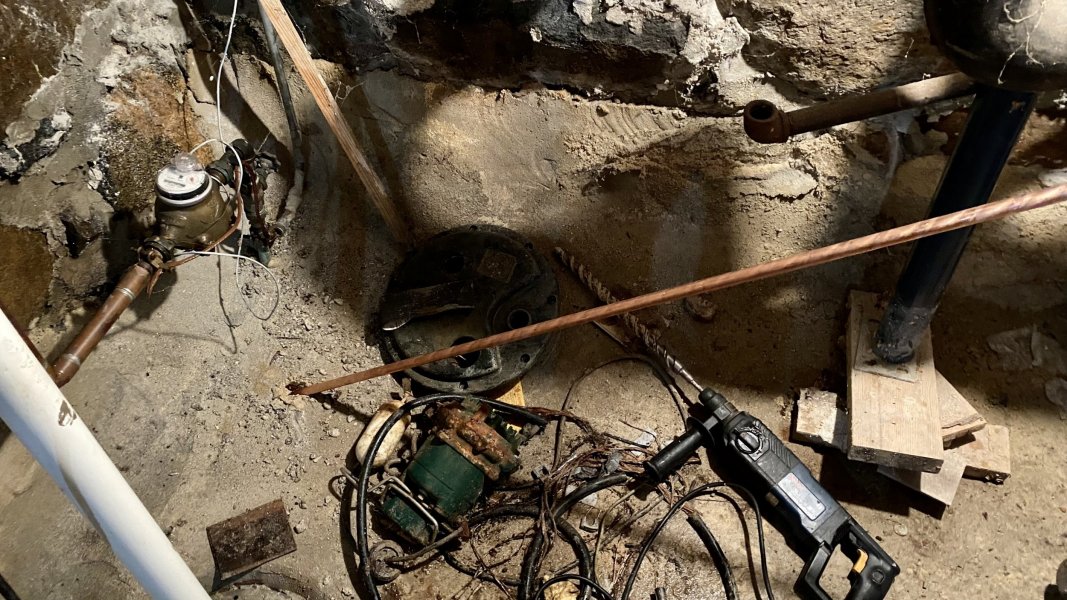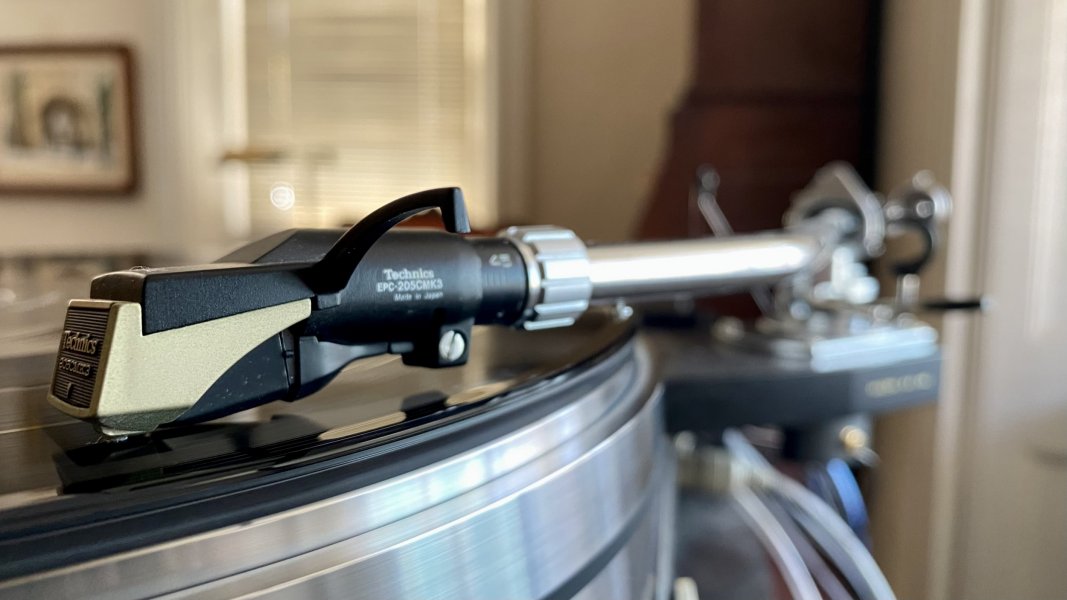I am in the process of upgrading the power delivery to my system. I made the following three changes a couple of years ago.
1. After owning and auditioning quite a few different audiophile power cords, I replaced them all with cheap Ching Cheng cords.
2. I then replaced the Furutech IEC connectors plugged into the gear directly connected to the in-wall wires with standard Hubbell industrial isolated ground receptacles.
EDIT: reverse the order of #1 and #2.
3. Replaced the 8 AWG JPS in-wall cables with standard industrial 10 AWG wires connected to the Hubbell receptacles.
Two weeks ago, my electrician came over to begin some more work in the basement. I had hoped to do all of this a couple of years ago, but after all of the planning, my electrician moved out of state, and then the virus hit and shut things down. I had to find a new electrician and we made a plan. David Karmeli advised us along the way.
The electrician installed a new 3/4" 8' copper grounding rod. I have ledge under my old house plus a small stream running the length of the basement under the concrete layer into a sump pump. We were able to find a location to ram it into the earth, under the stone and rubble foundation at a 45 degree angle. Fortunately, it is surrounded by moist soil. Imagine driving that rod into the ground at that angle in a dirty basement with a ceiling height of only 6'. Each blow from the sledge hammer moved it about 3/4". The process took almost an hour with the electrician and I taking turns swinging. We were exhausted, and he is half my age.
The electrician then shortened up the four dedicated wires to the audio system. These had all been an identical 22' long in my attempt to reduce ground hum. The panel is directly below my listening room. A few of the circuits had excess wire coiled up and hanging from the exposed ceiling joists. After he shorted the lengths of those wires, he left for the day. That evening I listened to see if I could notice any difference from the shorter wire. I heard a nice little improvement in the sound. It was cleaner with less grain and smoother overall. He said the coils increased inductance and was surprised I noticed an audible improvement.
The following day, the electrician hooked up the four ground wires from the four dedicated 30 amp circuits for the audio gear to the ground rod, separating them from the rest of the panel feeding the house. The main panel is grounded to the existing water pipe entering the basement. We then discussed future plans to improve the service further.
That evening I listened again and heard a more significant improvement to the sound of the system. Noise seemed lower, slightly noticeable with my ear inside the upper horn, but more significantly in the increase in information I heard through the system. There was also a perceived slight tonal shift, a change in the balance of the presentation, not major, but clearly audible. The very first thing I noticed was a more even frequency response and a filling in of the upper bass to lower midrange region, just below the 500 hz crossover point of my two way speakers and going down from there. The sound took on more weight and body. The next thing I noticed was an improvement to the acoustics of the recording venue. The scale and character of the space in which the musicians were playing became more evident and defined. Subtle stuff, but important for realism.
I have a demonstration LP where the conductor introduces the various instruments of the orchestra. They play their compass followed by a short music passage. There is a timpani demo with some Bach music. The energy and power of the instruments, the tension on the skins, and the hollowness of the sound, were all more evident and resolved. Choral music became more intelligible. Massed strings less thin with more body, and more beauty. Jazz cymbals sounded more like brass being struck by wood, less splashy and white, while metal brush work was more articulate, less "shushy". Larger scale orchestral works seemed to be in larger spaces and instrument locations are more defined. Perhaps the biggest improvement was from Bach organ music. The power and breath of the air moving through the pipes was more pronounced and natural sounding. This was a very worthwhile effort for the sonic gains. And relative to the cost of gear and even audiophile outlets and wire, it represents great value. I wish I had done it years ago.
The next plan is to install a new panel, separating the audio from the rest of the house. The feed will enter a new panel and the audio circuits will be moved from the old main panel to this new panel, so that they are first to see the power from the pole. The former main panel will become the new sub panel, supplying the rest of the house. We ran into some supply issues, so when the parts come in, the work will commence.
Here is a photo of the new ground rod being driven into the earth below my basement and house foundation near the water main, meter and sump pump.
View attachment 92312



